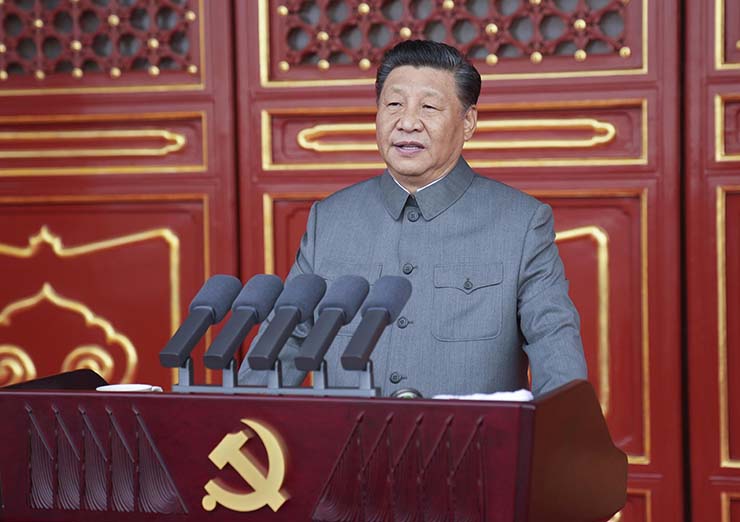
The anointment of Xi Jinping, the incumbent president of China, as the general secretary of the Communist Party of China (CCP) and as the head of the Central Military Commission (CMC) in the recently concluded 20th party congress has arguably made him the most powerful leader of China since the time of Mao Zedong. Xi is clearly the most influential Chinese leader of the 21st century who has shaped the polity, economy and military of China at a scale that is simply unimaginable.
At a time when liberal democracy is the last word in the realm of politics with a commitment to human rights, free speech and civil liberties being the norm globally, Xi’s anointment has defied the global trends. As the undisputed supreme leader of the Chinese people in general and the communist party in particular, Xi has been responsible for fundamentally altering the very foreign and economic policy of China starting from a crackdown on corruption within the party to holding private entrepreneurs to account, Jack Ma is the unenviable victim here.
However, the impact where the unparalleled dominance of Xi is going to be felt is in the realm of foreign policy with strong strategic implications for China’s southern neighbour – India.
A more militarised China
Xi has called on the PLA to arm itself to the teeth and emerge as the most powerful, advanced and combat-ready armed force ready to fight and win wars. Given the Russo-Ukraine war still going on, it is clear that the context in which he referred is the purported invasion of Taiwan. However, it has the most important implication for India. After all, it is only India that has a massive 3000+ km border with China.
Xi’s third term in office with the possibility of remaining the head of the state for life will invariably mean a more militarised China. China is arming itself well and is on course to acquire a third aircraft carrier. Xi Jinping has set 2049 as the year when the PLA and its wings must emerge as the most powerful military on earth with the aim of world domination.
The standoff in eastern Ladakh isn’t yet fully resolved, although disengagement by both sides is going on after a tenacious 16 rounds of corps commander-level talks yet there is no denying the fact that China will take a more militarised approach to India along the latter’s northern borders.
Indo-Pacific – the new arena of contestation
The Indo-Pacific, which is witnessing increasing economic and geopolitical activity, is likely to witness an intense faceoff between China and the Quad countries. With the US-Japan-Australia and India grouping upgrading their engagements to the level of heads of state, China is not happy about this.
The military modernisation that the dragon has embarked upon is meant to contest within the Indo-Pacific – the Indian Ocean Region, which is India’s strategic backyard. While Beijing has no direct irredentist claims in this strategic waterway, it wants to dominate the Indian Ocean, this is because, in the words of American naval strategist Alfred Thayer Mahan, “Sea power is the key to the building up of an empire.”
The Indian Ocean Region (IOR) lying within the Indo-Pacific is not only a resource-rich seabed but is also strategically important as access to this would allow China to choke India by imposing in the event of an armed conflict a coercive naval blockade. India, therefore, needs to be careful in this region.
Semiconductors and rare earth metals – the new catch
This is a new domain, but an immensely important one. Semiconductors constitute the backbone of the IT industry and are used for making desktops, laptops, smartphones and a plethora of other devices. China is a leader in the semiconductor industry with a significant portion of Indian imports covering these items. Further, another area of concern is the use of rare earth metals such as lithium, beryllium and molybdenum, which are used in making electric vehicles, batteries and a host of other tools and appliances.
Xi’s third term in office may see China trying to coerce India by restricting the exports of these critical materials to India with the possibility of China exporting these to our enemy states, including Pakistan and Turkey.
Conclusion
With the changed realities, the foreign policy mandarins must think carefully as to how to tackle China in this changed global milieu. The path won’t be easy, but with the kind of assertive and outspoken leadership New Delhi has on a variety of global issues and with the kind of diplomatic capital New Delhi enjoys, India will surely find ways to deal with the conundrum called Xi Jinping.
– The writer is currently working as a Research Associate at Defence Research and Studies (dras.in) and is a columnist. The views expressed are personal and do not necessarily reflect the views of Raksha Anirveda








